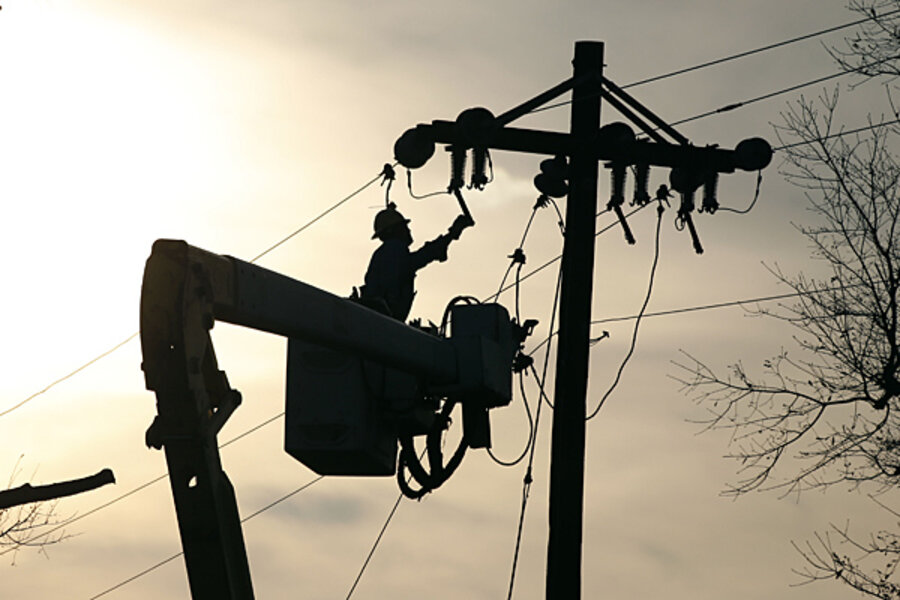A diverse fuel mix for electricity benefits consumers
Loading...
The New York Times recently reported that “Electricity prices in New England have been four to eight times higher than normal in the last few weeks, as the region’s extreme reliance on natural gas for power supplies has collided with a surge in demand for heating.”
And it’s no surprise that the Energy Information Administration (EIA) forecasts that our demand for electricitywill continue to rise. To meet that demand, we’re going to need all of our available domestic energy resources. That means natural gas, nuclear, hydro and other renewables like wind and solar and especially coal.
The article went on to point out, “It is certainly true that a region like New England that relies on a single fuel source like natural gas for the bulk of its power does leave itself open for more disruptions than a region with a more diverse fuel mix,” said Jay Apt, executive director of the Electricity Industry Center at Carnegie Mellon University in Pittsburgh. “It’s not a knock against natural gas; it’s a knock against a single fuel source.”
The American Public Power Association has warned since 2010 that demand is outpacing the delivery capacity of gas infrastructure. At coal plants, “you can look out the window and see that 60-day supply of your fuel,” said Joe Nipper, the group’s senior vice president of government relations. But gas plants tend to deliver fuel just as it is needed.
According to the article, “Additionally, experts say that the natural gas market and the electric market mesh poorly, because while the electric market runs around the clock, the gas market closes down at night.”
Ultimately, the facts remain: We need all of our domestic energy resources to create a balanced fuel portfolio and satisfy our growing demand for electricity. Coal is reliable and generates the baseload electricity needed to supply the electricity American homes and businesses depend on, no matter what the current demands may be.








